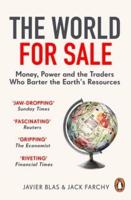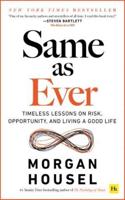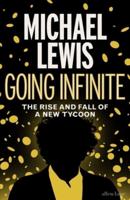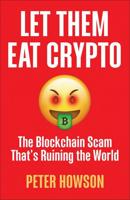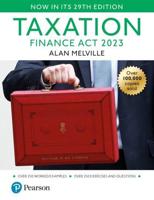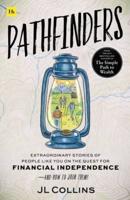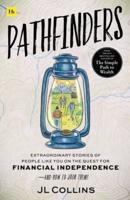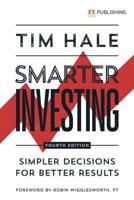Publisher's Synopsis
We can profit from bull, bear and sideways markets with minimal effort and no knowledge in investing. There are many major strategies described in different markets. I define short-term trading (a.k.a. swing trading) into three categories: priced-based strategy, strategy-based strategy and sector rotation. They are all covered in this book. The first two are for beginners. The last one is the main book and it has 14 strategies. It is for advanced beginners and experts and they require more effort and knowledge; they should have more profit potentials but at higher risk.The priced-based strategy is simple to use. First, we need to determine what the current market is. In a bull market, we trade stocks (preferably in the best sectors) that have simple indicators showing the market is trending up or down. In a bear market, we can short stocks, buy puts and/or contra ETFs betting the stock trending down. I started simple techniques that do not need charting as opposed to most other similar books and added more technical indicators. They are all available free from the internet. You should paper trade your strategy and gradually and slowly increase your portfolio size. The price momentum also tells us when the momentum is reversed. We also ignore market timing as it is built-in with the stock price movements. We just follow trends. However, your trades would be more profitable if you follow market timing, which I have a detailed description. When the market rises, most stocks rise too and vice versa.The only trend killer is a sideways market which usually does not fluctuate a lot on price. With the right stops, we could make profits even in this market. Since WW2, the year before the election is profitable as of this writing. Most likely it is profitable for buy SPY (or other market ETFs) when the market YTD return is negative for this year. ". Full detail of sector rotation is described in Book 3. Book 4 described Technical Analysis. Book 5 describes common tools to find and evaluate stocks. Exit most equities in a plunging market and return when the market recovers. For example, we need to know when the trend is reversing and how to protect our profits and minimize our losses. This book is intended for a retail investor and I am one myself. It is not written by a journalist who may never make a buck in the market. I have conducted exhaustive simulations to back-test these strategies over the past 12 years and I have been trading for decades.Initial date: 10/2017Update date: 08/2020Size: 310 pages (6*9)


